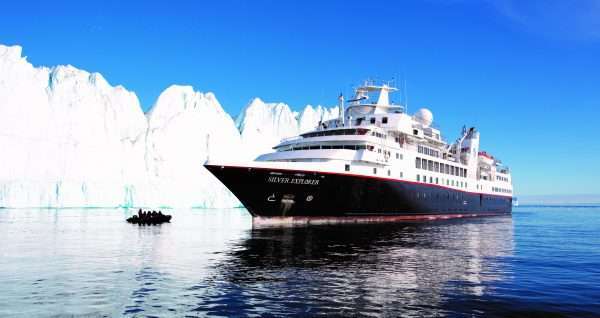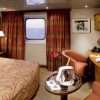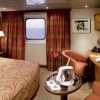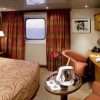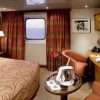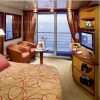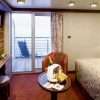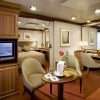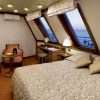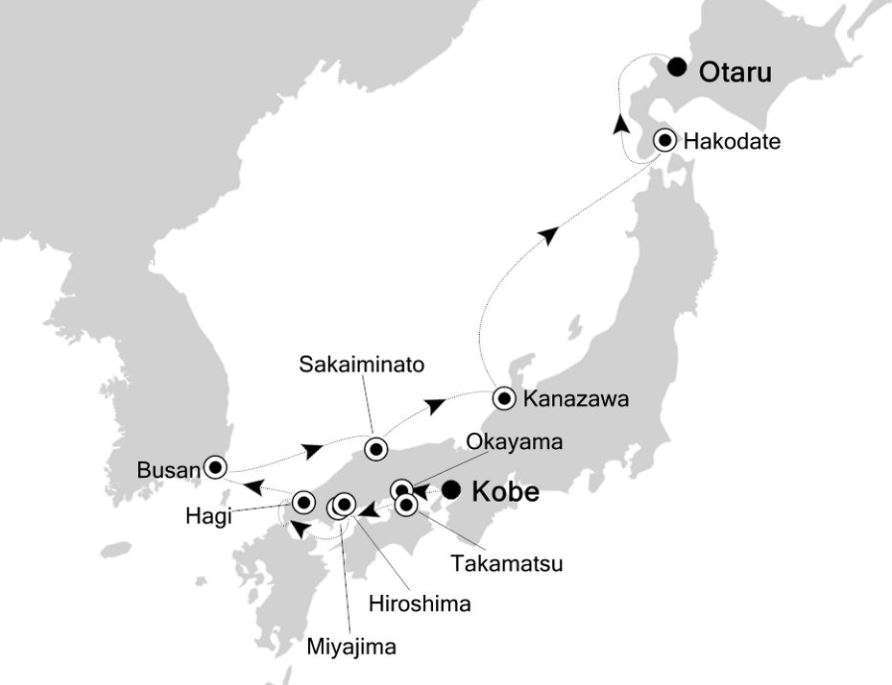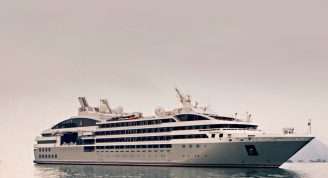Description
Starting in Kobe, Silver Explorer will sail around the southern tip of Japan’s main island to cross the Sea of Japan to Busan, South Korea, and to continue on to Hokkaido. Experience the ways that modern societies of Japan and South Korea are influenced by their past and learn how tradition still plays an important part in daily life. On the semi-circumnavigation of Japan we will visit some of the most outstanding natural and man-made sites Japan has to offer including National Parks and three of Japan’s highest-ranked gardens. Along the way you will see traditional buildings such as castles, homes and warehouses and feel serenity in outstanding shrines, temples and memorials. In South Korea, we intend to see Gyeongju, once the Silla royal capital, and its historic area, a UNESCO World Heritage site. Throughout the voyage, learn about the geology, wildlife, history and botany of these locations from lecture presentations offered by your knowledgeable onboard Expedition Team.


